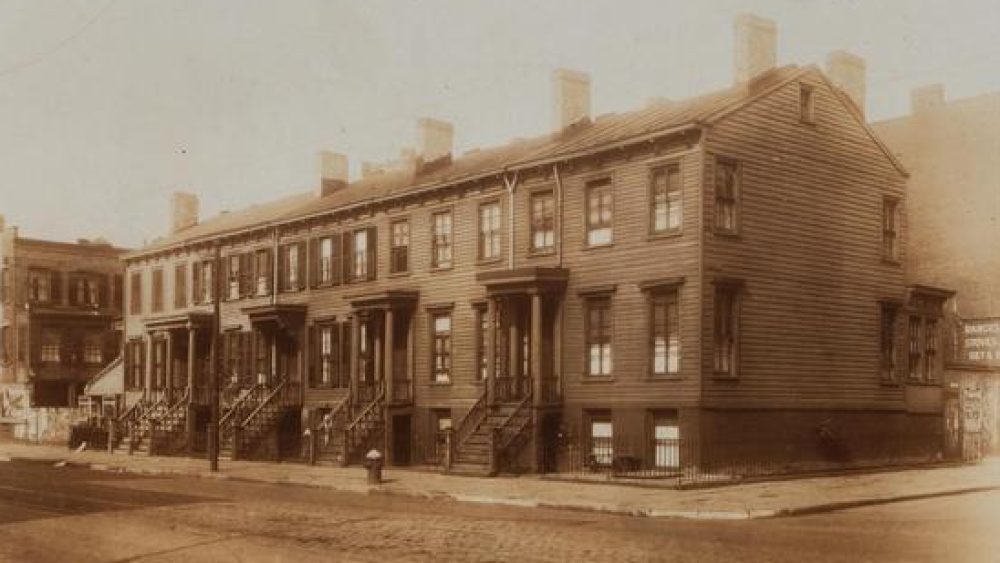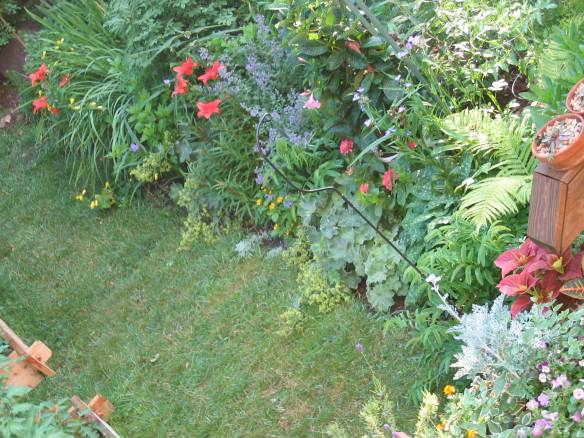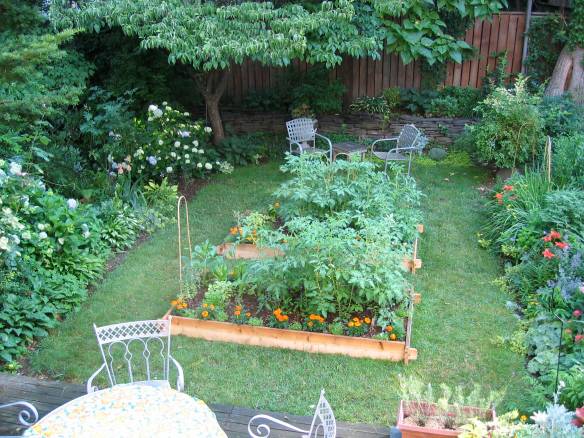 I’M NORMALLY EXTREMELY SUSPICIOUS of financial ‘gurus’ and of people who have their heads swayed by their often-dubious advice. But a new book by Greg Rand, a real estate entrepreneur who contributes to Fox News (maybe that’s why I hadn’t heard of him) and has a radio show on WABC, has come to my attention. Crash Boom! Make a Fortune in Today’s Volatile Real Estate Market speaks to me. Naturally I like what Rand has to say: he validates my own experience and makes me think I’ve been on the right track by investing in rental property and clinging to it for dear life.
I’M NORMALLY EXTREMELY SUSPICIOUS of financial ‘gurus’ and of people who have their heads swayed by their often-dubious advice. But a new book by Greg Rand, a real estate entrepreneur who contributes to Fox News (maybe that’s why I hadn’t heard of him) and has a radio show on WABC, has come to my attention. Crash Boom! Make a Fortune in Today’s Volatile Real Estate Market speaks to me. Naturally I like what Rand has to say: he validates my own experience and makes me think I’ve been on the right track by investing in rental property and clinging to it for dear life.
I’ve bought six properties, but never sold one. I’m an accidental real-estate investor. It started in 1979 with a Brooklyn row house that has three units, then a re-finance and the purchase of another Brooklyn townhouse in the mid-’80s, with two units. Both were bought primarily as homes; they just happened to have these extra apartments, which we rented out. We then let years go by — years when we could have swept up brownstones for a song — without investing in any other NYC property. But let’s not go there; my blood pressure numbers have been good lately.
It wasn’t until 2005, when my son went to college in Philly, that my attention turned purposefully toward investing in rental real estate, and I bought two early 19th century Philadelphia row houses with a total of five rental units. One is in a solidly upscale area (Queen Village), the other in a fringe neighborhood (Old Kensington) that nevertheless seems to be improving at breakneck speed. Both buildings have had positive cash flow from the beginning — not hugely so, but most definitely in the black, while I build equity month by month. Perhaps most important, I enjoy owning them. For me, it’s like collecting antiques — very large ones.
Buy, Improve, Hold is Rand’s prescription for building real estate wealth. Of all types of investment properties, he’s most partial to two-to-four family homes. “An incredibly appealing property type,” he says, and I concur. More tenants paying rent. And desirable: people want a backyard, Rand points out (most of my tenants have them, either shared or private). Though Rand doesn’t specifically mention vintage properties, many of the examples he gives, including a Victorian mansion in Tarrytown, N.Y., with commercial space on the ground floor and residential units above, resonate with me much more than if he was solely discussing condos or suburban homes.
Almost everything Rand says rings true to my ears. Here are some of his main points:
- It’s a great time to be a landlord. The current economic climate is providing investors with the opportunity to get a ‘deeply corrected’ price, and it also comes with a wave of new renters (800,000 new rental households in 2009 alone).
- The ‘technical drivers’ of real estate wealth — appreciation, leverage, amortization and income — do not exist together in any other form of investment. He likens these elements to a mixing board in a sound studio, calling them ‘the four dials.’ “As you push each of them up a little bit, the volume gets exponentially louder. You don’t need any of them to perform off the charts to get off-the-charts results.”
- Re appreciation, Rand points out that home prices are still above where they were ten years ago and the market is almost done ‘correcting.’ “In other words, the entire bubble has been erased. Poof! Gone.” In the long view, the historical upward trajectory is intact.
- Leverage steepens the return as a percentage of investment. Because most people buy real estate by taking out a mortgage, the cash invested initially is smaller in real estate than in the financial markets, compared to the eventual return.
- Amortization (paying off a mortgage) lowers the amount you owe as time passes.
- Rental income is icing on the cake.
The book also delves into what, for me, is the most seductive, creative aspect of the whole real-estate game: fixing up an ‘ugly duckling.’ Rand advocates finding properties in need of upgrading, not turn-key ones. He loves long-languishing properties that have become stigmatized, as in “Something must be wrong with it if it’s been on the market so long.” Let others pass it up. That’s where you can often find bargains, he says — something I’ve intuitively understood for a long time, but am still heartened to see in black and white.
Mind you, Rand’s book doesn’t say you’ll get rich quick. “A good buy on a house means you set yourself up for even greater returns as you ride the cycle forward and mature the investment over time.” The biggest mistake people make in real estate, he says, is selling in order to realize the profit, adding “Don’t do that!” He views equity in real estate as liquid, which is refreshing. True, it takes a few months to get to it, but it’s still a good place for your money. Let it stay where it is “until you have another real estate play to make or your objective has been met” (say, when it’s time to send a child to college).
There’s lots more — from how to find a neighborhood on the upswing (“Home Depot and Lowes don’t open stores on a whim”), to owning near where you live and work, to buying distressed and foreclosed property. And there are quite a few surprises (Rand thinks Florida is still a great place to invest, for instance).
My one disappointment is that Rand is not terribly helpful when it comes to how to get the money for a down payment in the first place. I hope that’s the subject of his next book.
To see my archive of blog posts on Rental Property Management, go here.






















